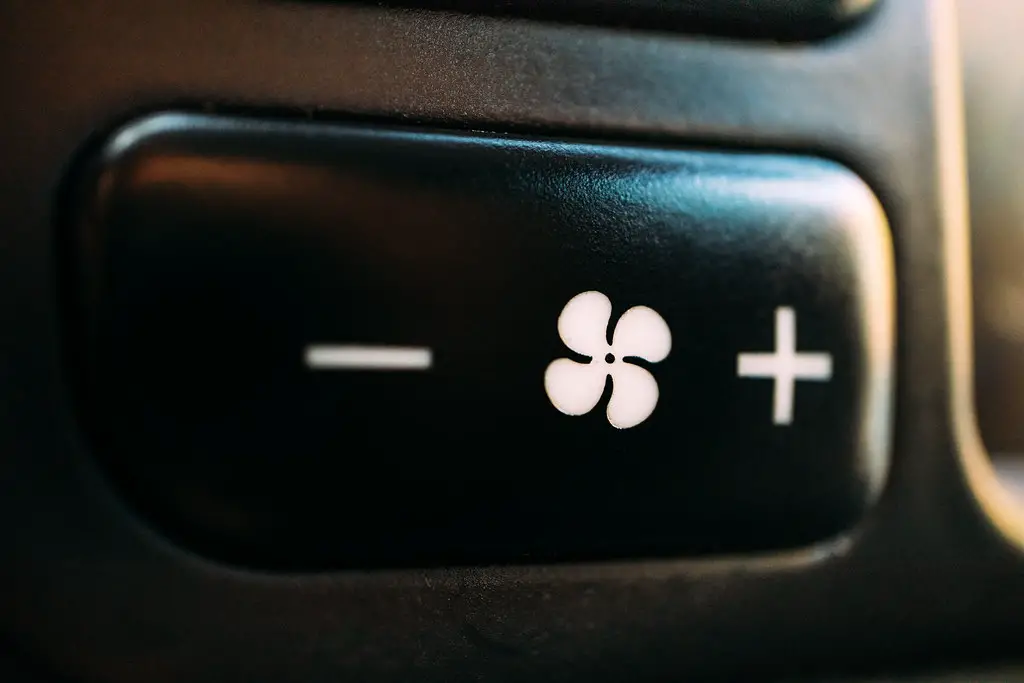Maintaining the proper functioning of your car’s air conditioning (AC) system is crucial for a comfortable driving experience, especially during the hot summer months. However, encountering high low-side pressure in your car’s AC can lead to cooling issues and potential damage to the compressor.
While it may be tempting to tackle the problem yourself, it is important to understand the complexities involved and the potential risks. In this article, we will explore the causes of high low-side pressure, provide step-by-step troubleshooting guidelines, and emphasize the importance of professional AC maintenance.
Understanding High Low-Side Pressure in Your Car’s AC System
To diagnose and resolve high low-side pressure, it is essential to understand the causes behind it. Common culprits include low refrigerant charge, a stuck expansion valve, a plugged or clogged orifice tube, and restrictions or obstructions in the high side pressure.
Additionally, overcharged refrigerant or failures in the compressor or control valves can also contribute to high low-side pressure. Recognizing these causes will help you take the appropriate steps toward resolving the issue.
Troubleshooting High Low-Side Pressure in Your Car’s AC System
Resolving high low-side pressure requires careful troubleshooting. Here are the steps you can follow:
Inspect the AC System: Begin by visually examining the AC system for any visible damage, leaks, or obstructions. Check the condenser, compressor, and other components for signs of wear or malfunction.
Check Refrigerant Levels: Use an AC pressure gauge to measure the refrigerant levels in your AC system. Compare the readings to the recommended pressure ranges for your specific vehicle. If the pressure is too high or too low, it indicates an issue with the refrigerant charge.
Inspect the Evaporator Coil: A damaged or leaking evaporator coil is a common cause of high low-side pressure. Inspect the coil for any visible damage or leaks. If necessary, consider replacing the coil, keeping in mind the potential cost involved.
Check for Overcharging: An overcharged AC system can also lead to high low-side pressure. Look for signs such as hot air blowing from the vents. If overcharging is the issue, the excess refrigerant needs to be discharged by a professional using specialized equipment.
Restart the System: After performing the necessary repairs, restart the car’s engine and turn on the AC system to check if the issue has been resolved. Add more refrigerant if needed, ensuring you follow the appropriate guidelines.
The Importance of Professional AC Maintenance
While some DIY tasks can be performed on your vehicle, handling AC system repairs is best left to professionals. AC systems require specialized knowledge, equipment, and refrigerants that should only be handled by certified technicians. If you need more help with trying to solve the AC low side pressure too high in your car, there are plenty of other resources out there.
Professional maintenance ensures accurate diagnosis, proper repairs, and compliance with environmental regulations regarding refrigerant handling. Regular servicing and maintenance by professionals will help prevent high low-side pressure issues and ensure the optimal performance of your AC system.
Conclusion
High low-side pressure in your car’s AC system can be a challenging issue to address. By understanding the causes and following the troubleshooting steps outlined in this article, you can make informed decisions and potentially resolve the problem. However, it is crucial to prioritize safety and seek professional assistance when necessary.
Regular AC system maintenance by certified technicians is essential for preventing issues and ensuring your comfort while driving. Stay cool and enjoy the comfort of a properly functioning AC system in your vehicle.


